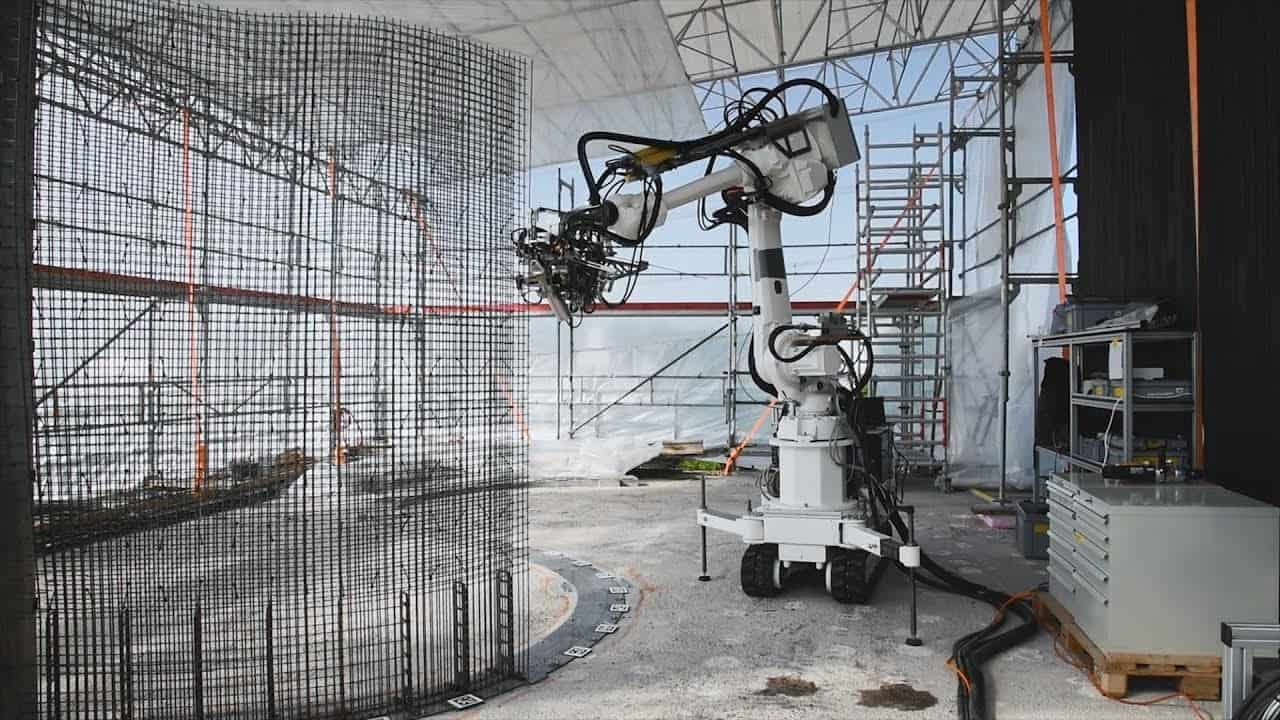Robots in architecture, how will technology affect
Robots in the future of architecture
Robots in architecture and construction change the way architects deal with their designs, in this period everyone looks to develop buildings and living materials using robotic architecture and artificial intelligence to recreate processes and natural properties, where robotic design can integrate engineering complexity, material behavior, and manufacturing In the scales that suit those in nature.

Why use robots in architecture and construction?
Because the term robots is incredibly broad, this refers to any machine or technical system that performs a set of tasks that humans usually perform manually, when most people think of robots, usually visualizing walking and talking about humans from metal.
But in reality these robots often look like any other building tools, they come in a wide range of shapes and sizes depending on the role that they are supposed to fill in reality.
Why Should Architects Use Robots in Architecture and Building?
Robots can often do the same tasks much faster, they can also work around the clock seven days a week on projects without getting tired, and also technology less error-prone, robot products are more consistent in shape, construction and overall quality.
Robots can perform dangerous construction tasks such as demolition or complex crane work which reduces the risk of injuring human workers, and also the employment is generally smaller in size as project managers and architects can employ fewer people to design and build structures.
The role of robotics in architecture and construction

Robotics in architecture and construction is an emerging technology, but it is not a completely unknown area, where architects already use robots in architecture and construction to perform tasks such as: producing accurate 3D models: robots make small models of buildings with great precision, especially through the use of 3D printing .
Moreover, architects can actually test different types of materials in these models to determine which materials will be stronger or more flexible in areas requiring additional strength or flexibility.
Building Parts Construction: Robotic manufacturing tools grind large and small building blocks with precision, precision and detail, some robot manufacturers also combine multiple tools into one robot so that the whole process can be performed in one place and in less time.
On-site assembly: Long robotic arms replace cranes on some construction sites. Robotics experts have also begun using drones and robotic helicopters to put small bricks and other parts in place that usually require the use of a hydraulic lift or elaborate scaffolding.
How to use robots in future architecture
The digital industrialization of environmentally friendly biomaterials, the emergence of soft robots in ancillary care facilities, and the automated construction of extraterrestrial settlements on Mars – these are just a few of the aspects discussed in a brave new world imagined by contemporary people.
On robotics and the future of architecture, it is based on the reverse engineering foundations of biomaterial compounds for the automated manufacture of bio-cement structures across scales. The researchers describe how the reconfiguration of two biopolymers (chitosan and cellulose) allowed the BioCement Authority to improve this pattern. Imagine a mesh structure Tall two-story, biodegradable boat.
In the future robots are likely to provide the fine motor skills and mathematical calculations needed to make designs real, however architects will continue to be the mastermind of this process the creative forces that drive the industry forward, with the help of robots in architecture and construction.
Also browse: Architectural flair with examples
Follow us on Twitter to stay updated



 العربية
العربية